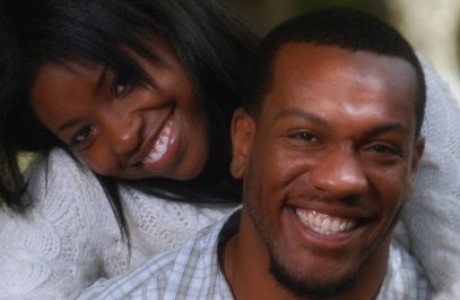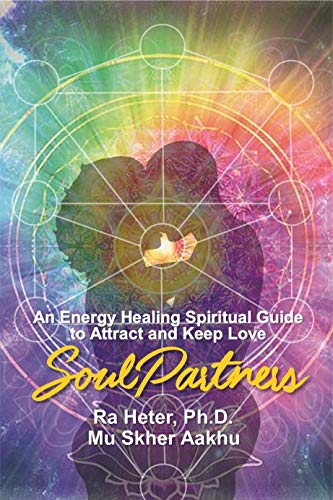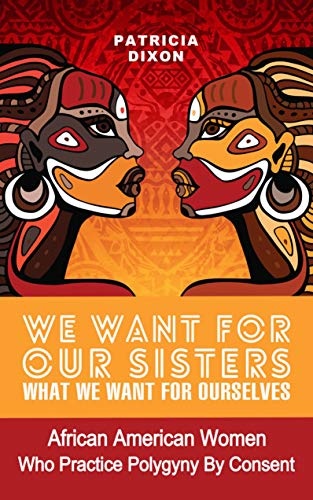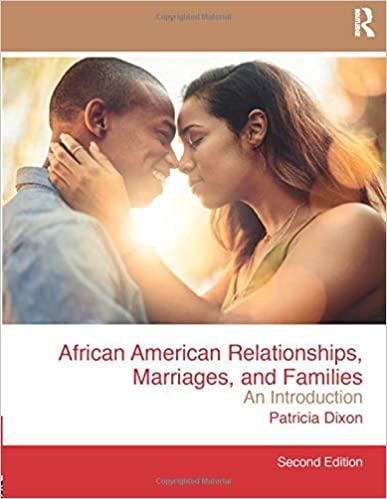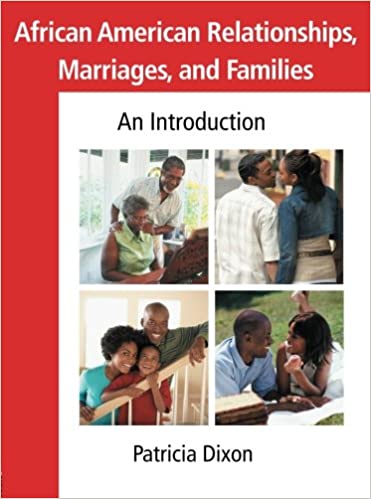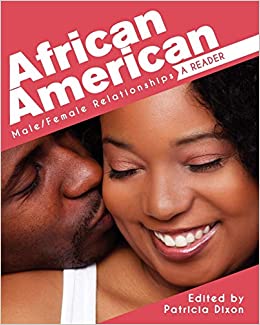Help Wanted
Q: I am obsessed with advice columns and I cannot tell you why. This is not very respectable, is it? But why are they so compelling?
A: Gentle reader, you are most certainly not alone. “Make sure your paper has an advice column. Everybody claims to hate ’em, but everybody seems to read ’em,” a video-store manager named Dan Savage once told a friend who was starting a magazine. The friend thanked him for volunteering.
Sure enough, Savage Love and its equivalents at every conceivable type of publication are considered “undignified reading material” carrying “a whiff of shame,” writes Jessica Weisberg, but catnip for readers. Is it because, as a biographer of Ann Landers put it, “everybody reads her column with one hand over the answers to see if they can come up with better advice”? Because we are essentially voyeurs, as the founder of the website Quora discovered from his users’ behavior?
For Weisberg, advice columns are a rich source of anthropological insight. In her fascinating first book Asking for a Friend, she uses this largely American phenomenon to better understand a people inventing itself, discarding old institutions and sources of authority. The displacement of these forms of social guidance by a do-it-yourself approach is a vision of democracy, with all its virtues and vices.
A minority of the self-appointed sages Weisberg profiles are advice columnists per se; her motley crew includes advice-givers of other sorts, such as a celebrity psychotherapist, an astrologer, founders of popular courses on how to improve your career or marriage, several doctors with extramedical pronouncements, and a posthumously bestselling social climber whose entire contribution to parenting his son was a set of letters that he never meant to be published at all.
Q: What qualifies this group for the position of beacon to the masses?
A: Not a blessed thing. Some pretended to more expertise than they had, such as John Dunton. Before Weisberg’s story migrates to America, it begins with this 17th-century English founder of the “Athenian Society,” advertised as a body of more than two dozen learned men who in the pages of a little magazine rendered judgment on readers’ questions ranging from what angels really are to how to give a proper kiss. In reality, it was just Dunton himself—a bookseller and hardly an authority on any matter of philosophy or morals—and three questionable in-laws and hangers-on. Still, despite the fraud, he deserves our attention three centuries later for creating not just a new genre of publication but a new mode of social intercourse. “For a penny, readers could pick up a copy and know there were other people out there with the same strange questions,” Weisberg writes. “And, for a minute, they might feel a little less alone.”
Perhaps more revealing are the writers who pretended to less expertise than they really had. The accomplished Ben Franklin, writing as the dundering Poor Richard, was a populist American counterpoint to Dunton who set the tone for the new nation’s tradition of self-help and social leveling. And for more than half the 20th century, the financial columnist Sylvia Porter was admired by tens of millions of Americans for translating economic “bafflegab” into sensible information—but to retain their trust, she felt she had to conceal her background and education in economics, pleading feminine ignorance on such basic tasks as balancing a checkbook.
Dr. Benjamin Spock both claimed the expert’s mantle where he had none and disavowed it where he did. He rose to popularity by assuring parents that the answers were already within them; his role as a trained pediatrician was essentially to validate their instincts, and he remained pleasantly neutral on the big baby-rearing questions about which people can get so sanctimonious. But as he came to be nationally adored he lent his imprimatur to a wide range of unrelated issues. In Dr. Spock’s first baby book, the one that made his name, he “said to listen to yourself; but, in person, political rallies, and his other books,” Weisberg writes, “he turned into the kind of expert who invites eye-rolls, who says, listen to me.”
Q: With the democratization of expertise, why do people feel the need for all these new authorities with massive followings?
A: It’s often about something closer to the bone. A strong subtheme of Weisberg’s book is women’s increased cultural influence, both cause and effect of the explosion in advice columns. Several of the female figures she describes took the helm of a column because it was one of the few careers open to them. And as they became more popular, they created more space for public shows of empathy. “My heart bleeds for you,” said a typical response of the “sob sister” Dorothy Dix at the turn of the 20th century. Although her sympathies lay with the nascent feminist movement, she did not much use her platform to advance radical changes in society, her chief contribution being a shoulder to cry on. It wasn’t common knowledge before her that this was something a newspaper would need, but she opened the market for it.
A century later, this deceptively passive quality is so central to our values that it powers entire enterprises, such as the “liberal arts course in empathy” (Weisberg’s description) offered by the Martha Beck Institute. Beck, who hates the term “life coach,” has “done more than perhaps anyone to legitimize life coaching” and has produced literally thousands of them. Beck trains the trainers of the trainers—that is, she educates the master coaches who teach the new coaches who help everybody else live their lives with an extra-special dose of empathy, all part of a plan to bring about “a global transformation of human consciousness.” But all it really is, says Beck, is paying someone to substitute for a good friend.
Like certain kinds of therapists and life coaches, columnists can come to feel like friends. They’re there in your newspaper or browser window every morning, sorting out the most personal situations and drawing you into an exchange so intimate that it seems it could only be among friends (but actually so intimate that it could only be among strangers). The care and attention they pay to letter-writers seem like they could be yours by extension. You learn to anticipate what they are going to say.

These feelings of psychic connection may extend into the realm of, well, psychics. People read advice columns for the same reason they read their back-page neighbors, horoscopes, says Weisberg—“because everyone craves reassurance and because they address our ambitions and fantasies, the subjects that quietly consume us but that our daily lives often require us to ignore.” Forging deeper into the comparison, Weisberg also connects it to women’s changing place in culture with this expansive, arresting claim: “The occult and the pseudo-religious, across its many iterations—astrology, tarot, yoga, and so on—are among America’s longest-running matriarchies. Their citizens and many of their leaders are women who have grown so tired of competing with men for social power that they opt to chase another kind of power instead: they concede the world to men while they focus on controlling the universe.”
That said, the most hardheaded of the book’s figures, the economist Sylvia Porter, anchors the other end of the esoteric spectrum for her sex, with Miss Manners and others not far behind. Male or female, it is certainly true that, as Weisberg notes throughout, many such sources of advice developed as replacements for traditional religious guidance.
Q: Comparing advice columns to astrology does not seem like a great bid for respectability. Are you sure you want to go there?
A: The point here is less about the nature of the advice and more the insight into its seekers and givers. Also, the astonishing story of Joan Quigley is simply too good to leave out. Old political hands will remember, but the general or younger reader may not know, that Nancy Reagan spent her husband’s presidency in close consultation with this San Francisco astrologer, often putting in hours a day on the phone with her and filtering the president’s entire schedule through her predictions.

Quigley had offered Nancy her counsel to give Ronald’s 1980 campaign a leg up, moving on when he took office as the Reagans tried to shed the trappings of their Hollywood past for a more stately image. But following the March 1981 assassination attempt, Nancy turned in terror back to Quigley, who assured her that her star charts could have predicted that event and could protect him going forward. It was an open secret among White House staffers, unknown to the public until former chief of staff Don Regan published a tell-all, that every event was to be run past this mystery person via Nancy.
Quigley’s concentrated advice to one person was for the benefit of everyone, a patriotic duty she undertook without hope of recognition. The secrecy was understood to be part of a noble sacrifice. But she believed Nancy would ultimately express gratitude in some way proportionate to her service and the intimate trust placed in her. Instead, Regan’s memoir broke the story, the women had an ugly and humiliating breakup, and Quigley sought comfort by looking for acknowledgment from the rest of the world: granting interviews to every major network and penning her own book.
The Quigley chapter in Asking for a Friend exemplifies Weisberg’s twin gifts as a storyteller: a radar for the peculiar and the ability to unpack it with warmth and sympathy, thus making this out-there episode of American political history relatable from both perspectives. Throughout the book, she reports events largely as participants understood them, such as her passing observation that Elisabeth Kübler-Ross’s deceased patients hung around her for years after their deaths and “even left little notes on her desk.”
Q: Say what?
A: Kübler-Ross, famous for defining the “five stages” of dying, had wanted to become a physician “to find out the purpose of life.” She was another woman who wanted more than the path set before her (to become a secretary) and found adventure rebuilding European villages after World War II. More than the practical assistance, “the best thing we gave those people was love and hope,” she realized. This and many similar experiences convinced her that what people most needed was to be heard.
Later, as a psychiatrist at the University of Chicago, she was recruited to interview terminally ill patients so that seminary students could learn to serve them better. She quickly came to believe that it was medical professionals who really needed this lesson, but the medical establishment viewed her conversations with dying patients about death as actively harmful. Denial seemed a perfectly good stage to park at; they thought it offered the most peace of mind.
When she codified her findings into four stages beyond denial (anger, bargaining, depression, and acceptance—not necessarily sequential, contrary to popular belief), that turned out to be something doctors could work with. But with a lack of trust and respect on both sides, the distance between her and clinical medicine widened. She took her show on the road, holding workshops around the country that evolved to include folk-religious rituals and paranormal encounters. “Kübler-Ross had an open relationship with scientific convention, toggling between academic research and conversations with ghosts and fairies,” writes Weisberg.
“At this time in my life, I was open to anything and everything,” said Kübler-Ross in her memoir. Openness was what she craved—open and honest conversations, an open door to the beyond. She made meaningful contributions to the space just this side of it, fundamentally changing the language of grief and death and helping instigate the hospice movement. As to what lies over the threshold, a whole career peering through it did not yield any new or newly reliable information.
When Weisberg was 6, she had an existential crisis over the realization that everyone, including her, will eventually die. When she became physically ill and plagued by nightmares, her parents invited over a family friend to chat who had no particular credentials other than “that ineffable quality that makes you want to tell her things.” Kathy offered the most unassuming responses to the most unanswerable of questions. “She told me that it was sad when someone died, especially when it was someone you loved. She told me that death scared her, too. She also said that it’d be tragic if I spent my life so distracted by death that I missed the many joys that came before it.” Lacking any special answer but, like Kübler-Ross’s patients, feeling heard, Weisberg found her nightmares went away. When she later asked Why Kathy?, her mother’s answer was Why not? “What did anyone else know about death that Kathy didn’t? She was as much an expert as anyone.”
Q: Well, but here’s what I really want to know: Where can I find love? How do I identify my soulmate? How to make it last? Does the collective intelligence have any takers on this one?
A: Why, yes. By my tally, only a few of the advice-givers romantically admit their ignorance and bow before the force of destiny. Most are more pragmatic, suggesting that success in love is a product of maturity, willpower, and rational how-tos. “There is not just one person on the planet whose soul can mate with yours,” writes Amy Dickinson.
At the extreme end of this perspective are Harville Hendrix and Helen Hunt, founders of the Imago workshop series, which offers the tools for any two people to rescue their relationship. Oprah anointed Hendrix the “marriage whisperer.” Their own therapist described them as “the couple from hell.”
In the wake of a failed marriage each and equally unsuited for each other, they made a last-ditch effort to abolish negativity from their relationship and found that there was nothing left to talk about. “We had a silent love,” Hunt said. They filled the void systematically with compliments, validating dialogue, and methodical bonding activities, talking “about laughter the way other people talk about vitamins,” as Weisberg puts it.
Weisberg attends one of their seminars and is both skeptical of and moved by the interactions she witnesses. One woman reports feeling respected for the first time ever. Listless people doing a cheesy exercise suddenly have a moment. The validating dialogue, though stilted, seems to help. Simply the opportunity to spend time with a partner all day, with child care and lunch provided, is a major draw. Weisberg concludes that Imago “might not be an ideal model, but amid the eternal uncertainties of love and partnership, people are eager to have a model at all.”
Over long careers, some prominent advice-givers with once-held certainties about love and marriage have been chastened. Ann Landers, who had passed glib judgment on other people’s relationship failures for years, crashed on the shoals of hard reality when her own husband left her. The experience revealed a layer of humanity often previously buried under pat decrees. When he broke the news, her first impulse was to trot out to buy him socks and groceries, worried about his ability to take care of himself without her. “The lady with all the answers,” she wrote, “does not know the answer to this one,” and devoted four inches of blank column space as a “memorial to one of the world’s best marriages that didn’t make it to the finish line.”

From the starting line, it was clear theirs would be no ordinary marriage. Esther Pauline Friedman, the woman who would become Ann Landers, was wedding-veil shopping with her twin Pauline Esther Friedman, the woman who would become Dear Abby, when she met the man she was going to marry. The sisters, inseparable since birth, were both engaged and planning their double ceremony. The sales clerk asked “Eppie” out, almost immediately supplanted her prior fiancé, and the wedding went on as scheduled on the girls’ 21st birthday.
As this bond would later be sundered, so was the nearly supernatural one between the twins. Eppie was the first to land a column; “Popo” followed a few months later, and from that point on the sisters were at war. The two doyens of 20th-century advice feuded for all the world to see, getting in digs at each other’s incomes, insecurities, and syndication numbers. Eppie once tested “off-the-charts” aggressive on a psychological profile; her identical twin displayed similar qualities.
As they guided and traveled with their readers from the 1950s to the end of the century, they changed their positions on divorce, women in the workforce, interfaith and interracial marriage, homosexuality, all the usual-suspect social issues—and each other. The sisters eventually reconciled, and in their final years, on July 4 they always used their columns to wish each other as well as their country a happy birthday.
Q: Then many happy returns to America, her sages, her scolds, her quacks, her pursuers of happiness. And what’s the pursuit of anything without a healthy dose of curiosity?
A: Like many of America’s children, the advice column wasn’t born in the United States, but it migrated here to flourish. It gave people trying to find their bearings empowering instruction and emotional support. No two advice-givers pointed in precisely the same direction—heck, no one advice-giver remained entirely consistent—but that is their democratic appeal. To catch these daily glimpses into other people’s lives and troubles, and the best efforts of someone else to help them, is to patch together a big picture out of infinite, conflicting details.
The book itself is a mosaic. Despite Weisberg’s best attempts to draw out organizing themes and theses, I found these contradictory and hard to follow. The strength of her book is in its storytelling—apropos for an anthropology of a people writing their own story. As seen in Weisberg’s profiles, that story is as likely as not to be aimless, kooky, and fractured. But that is the American experiment. We have the right to be wrong. With it comes the promise—or at least the hope—that we’ll have unlimited chances to set ourselves right.
